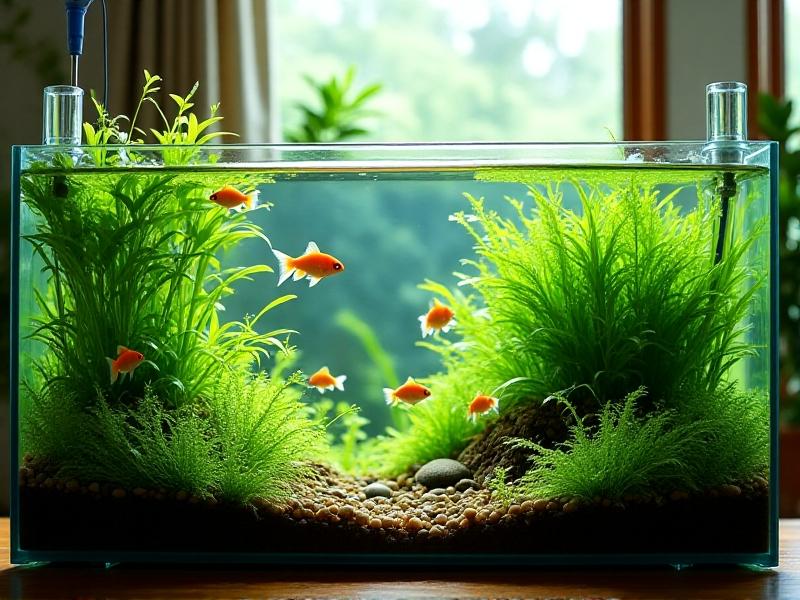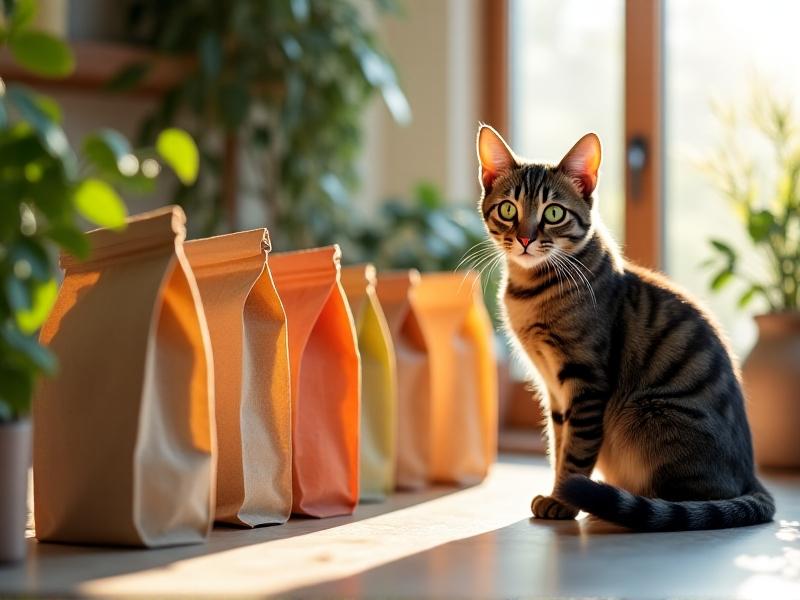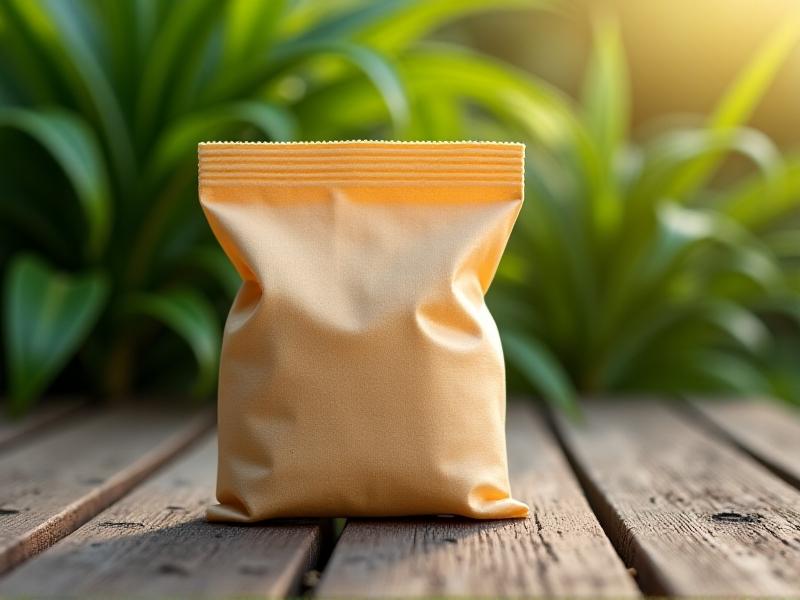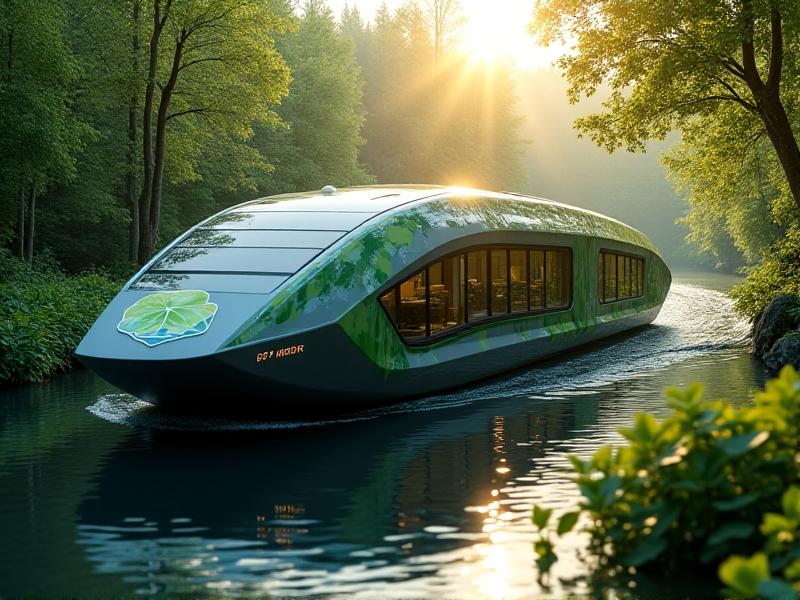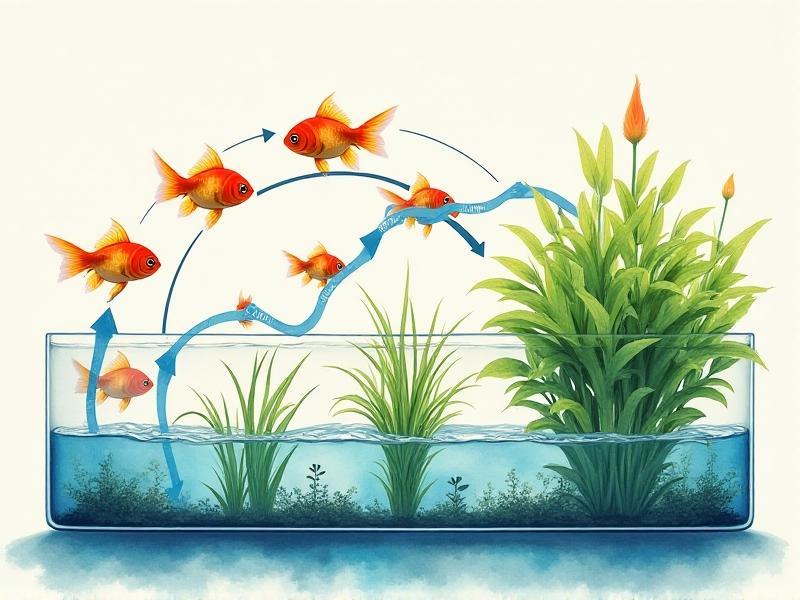DIY Live Plant Filters for Nitrate Reduction in Home Aquariums
Introduction to DIY Live Plant Filters for Nitrate Reduction
Aquarium enthusiasts often face the challenge of maintaining optimal water quality, particularly when it comes to controlling nitrate levels. High nitrate concentrations can lead to algae blooms, stressed fish, and an unhealthy aquatic environment. While chemical filters and water changes are common solutions, a more natural and sustainable approach is gaining popularity: DIY live plant filters. These systems leverage the natural ability of aquatic plants to absorb nitrates, providing a dual benefit of water purification and aesthetic enhancement. This article will guide you through the process of creating and maintaining a live plant filter for your home aquarium.
Understanding Nitrate and Its Impact on Aquariums
Nitrate is a byproduct of the nitrogen cycle, a natural process where beneficial bacteria convert harmful ammonia into nitrite and then into nitrate. While nitrate is less toxic than ammonia or nitrite, elevated levels can still pose significant risks to aquatic life. Prolonged exposure to high nitrate concentrations can cause fish to become lethargic, reduce their immune response, and even lead to long-term health issues. Additionally, nitrates fuel the growth of unsightly algae, which can quickly overrun an aquarium. Understanding the sources and effects of nitrate is the first step in effectively managing it through a live plant filter.
Benefits of Using Live Plants for Nitrate Reduction
Live plants offer a natural and efficient method for nitrate reduction in aquariums. They absorb nitrates as a nutrient, incorporating them into their tissues and effectively removing them from the water. Beyond nitrate control, live plants provide numerous other benefits. They oxygenate the water, offer shelter and breeding grounds for fish, and enhance the overall visual appeal of the aquarium. Unlike chemical filters, which require regular maintenance and replacement, live plants are a sustainable solution that can thrive with proper care. This section will explore the advantages of incorporating live plants into your aquarium’s filtration system.
Selecting the Right Plants for Your DIY Filter
Choosing the appropriate plants is crucial for the success of your DIY live plant filter. Fast-growing species such as hornwort, water sprite, and pothos are particularly effective at absorbing nitrates. These plants are hardy, adaptable, and require minimal maintenance, making them ideal for beginners. Additionally, floating plants like duckweed and water lettuce can provide excellent nitrate reduction while adding a unique aesthetic to your aquarium. When selecting plants, consider factors such as lighting requirements, growth rate, and compatibility with your aquarium’s inhabitants. This section will provide a detailed guide to help you choose the best plants for your setup.
Designing and Building Your Live Plant Filter
Creating a DIY live plant filter involves designing a system that allows plants to thrive while effectively reducing nitrate levels. One popular method is to use a hang-on-back (HOB) filter or a sump system where plants are placed in the water flow. Another approach is to create a separate plant chamber connected to the aquarium, allowing for greater control over the environment. This section will walk you through the steps of designing and building your live plant filter, including selecting the right container, setting up the water flow, and ensuring proper lighting and nutrient availability for the plants.
Maintaining Your Live Plant Filter for Optimal Performance
Once your live plant filter is set up, regular maintenance is essential to ensure its continued effectiveness. This includes pruning overgrown plants, monitoring nitrate levels, and addressing any signs of nutrient deficiencies or algae growth. Proper lighting and CO2 supplementation may also be necessary to support plant health and growth. Additionally, it’s important to keep an eye on the overall balance of your aquarium, as live plants can influence parameters such as pH and hardness. This section will provide practical tips and best practices for maintaining your live plant filter and keeping your aquarium in top condition.
Troubleshooting Common Issues with Live Plant Filters
While live plant filters are generally low-maintenance, they can encounter issues such as plant die-off, algae overgrowth, or inadequate nitrate reduction. Identifying and addressing these problems early is key to maintaining a healthy aquarium. Common causes of plant die-off include insufficient lighting, nutrient deficiencies, or improper water conditions. Algae overgrowth can often be managed by reducing light exposure, increasing plant density, or adjusting nutrient levels. This section will explore common challenges associated with live plant filters and provide solutions to help you troubleshoot and resolve them effectively.
Enhancing Your Aquarium with Aesthetic Plant Arrangements
Beyond their functional benefits, live plants can transform your aquarium into a stunning underwater landscape. By carefully arranging plants of different shapes, sizes, and colors, you can create a visually appealing environment that mimics natural aquatic habitats. Consider using foreground plants like dwarf hairgrass for a carpet effect, midground plants like anubias for texture, and background plants like valisneria for height. Adding driftwood or rocks can further enhance the aesthetic and provide additional surfaces for plants to attach. This section will offer creative ideas and techniques for designing a beautiful and balanced aquascape with your live plant filter.
Case Studies: Successful DIY Live Plant Filters in Action
To inspire and guide your own project, this section will showcase real-life examples of successful DIY live plant filters. These case studies will highlight different approaches, from simple hang-on-back setups to elaborate sump systems, and demonstrate their effectiveness in reducing nitrate levels. Each case study will include details on plant selection, design, maintenance, and the overall impact on the aquarium’s health and appearance. By learning from the experiences of other aquarists, you can gain valuable insights and ideas for implementing your own live plant filter.
Future Trends in Aquarium Filtration: The Role of Live Plants
As the aquarium hobby continues to evolve, the use of live plants in filtration systems is expected to grow in popularity. Advances in plant selection, lighting technology, and aquascaping techniques are making it easier than ever to create effective and beautiful live plant filters. Additionally, the emphasis on sustainability and natural solutions is driving more aquarists to explore plant-based filtration methods. This section will explore emerging trends and innovations in the field, providing a glimpse into the future of aquarium filtration and the continued role of live plants in maintaining healthy aquatic environments.
